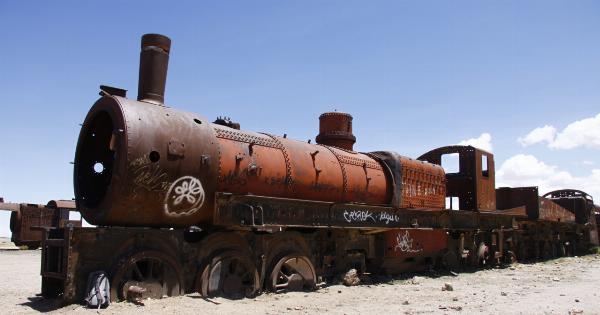In 1918, the world was engulfed in a deadly pandemic known as the Spanish Flu. This viral infection caused widespread illness and death, affecting millions of people across the globe.
The outbreak was particularly severe, with a high mortality rate and devastating social and economic consequences. In this article, we will explore the impact of the Spanish Flu in 1918 and its significance in history.
The Origins of the Spanish Flu
The origins of the Spanish Flu remain a topic of debate among scientists and historians. Contrary to its name, the virus did not initially emerge in Spain.
The precise origin of the virus is still unknown, but it is believed to have originated in birds and then mutated to infect humans. The outbreak is thought to have occurred during World War I, with soldiers being particularly susceptible to the virus due to crowded living conditions and close contact.
Global Spread and Mortality
One of the most striking aspects of the Spanish Flu was its rapid global spread. The virus quickly crossed borders and infected people in various parts of the world.
It is estimated that up to one-third of the global population was infected by the Spanish Flu, resulting in an unprecedented number of deaths. The mortality rate of the virus was alarmingly high, especially among young adults, which was unusual for influenza outbreaks. This is one of the factors that made the Spanish Flu particularly deadly and devastating.
Impact on Society
The Spanish Flu had a profound impact on society, both at the individual and collective levels. Hospitals and healthcare systems were overwhelmed, as the number of patients far exceeded the capacity to provide adequate care.
The high death toll also had significant social and economic consequences. Many families lost multiple members, creating a sense of grief and loss that permeated communities. The workforce was greatly affected, as people fell ill and businesses had to shut down temporarily or permanently.
The overall functioning of societies was disrupted, leading to widespread chaos and despair.
Efforts to Control the Pandemic
In the absence of effective vaccines or antiviral drugs, public health measures played a crucial role in controlling the spread of the Spanish Flu. Quarantine measures were implemented, and public gatherings were banned in many places.
Face masks became a common sight, as they were believed to provide some protection against the virus. Some cities even closed schools and churches to prevent large gatherings and limit transmission. These efforts were essential in slowing down the spread of the virus and mitigating its impact to some extent.
Legacy and Lessons Learned
The Spanish Flu pandemic of 1918 left a lasting legacy and important lessons for future generations. It highlighted the need for preparedness and effective public health responses in times of crisis.
The development of vaccines and antiviral drugs became a priority in the decades that followed, as scientists and healthcare professionals sought to prevent another devastating pandemic. The Spanish Flu also underscored the importance of international cooperation in dealing with global health threats.
The Search for Answers
Despite the passage of over a century, many questions about the Spanish Flu remain unanswered. Scientists continue to study and analyze the virus in an effort to better understand its origins, pathology, and the reasons behind its high mortality rate.
Such research is crucial in developing strategies to prevent and control future outbreaks. The study of the Spanish Flu is a reminder of the importance of science and the ongoing pursuit of knowledge.
Conclusion
The Spanish Flu of 1918 was a devastating pandemic that swept across the world, causing immense suffering and loss. Its impact on society, healthcare systems, and the global economy was significant and long-lasting.
The legacy of the Spanish Flu serves as a reminder of the importance of preparedness, effective public health measures, and international cooperation in combating global health threats. By learning from the lessons of the past, we can strive to prevent and control future pandemics.





























